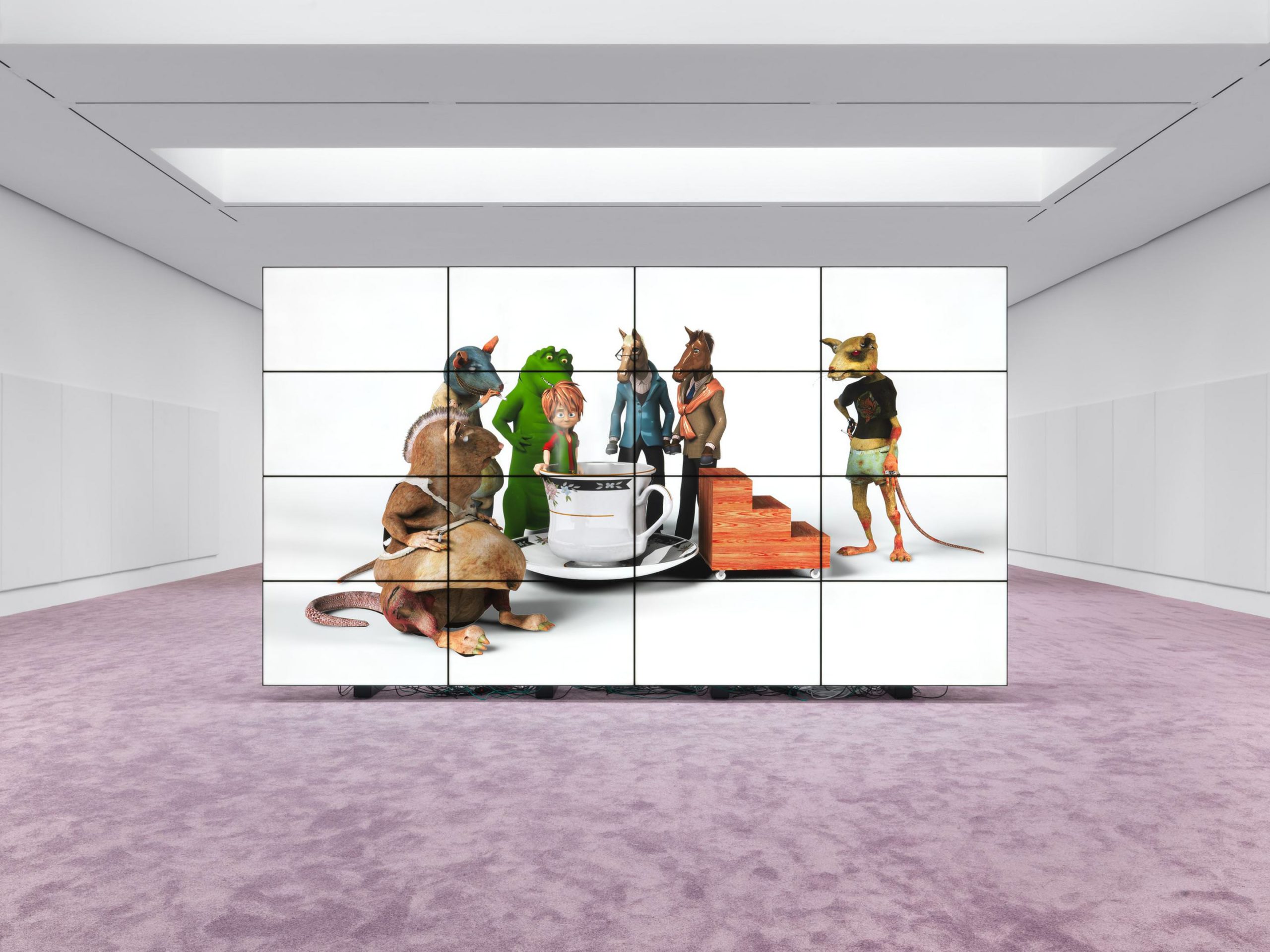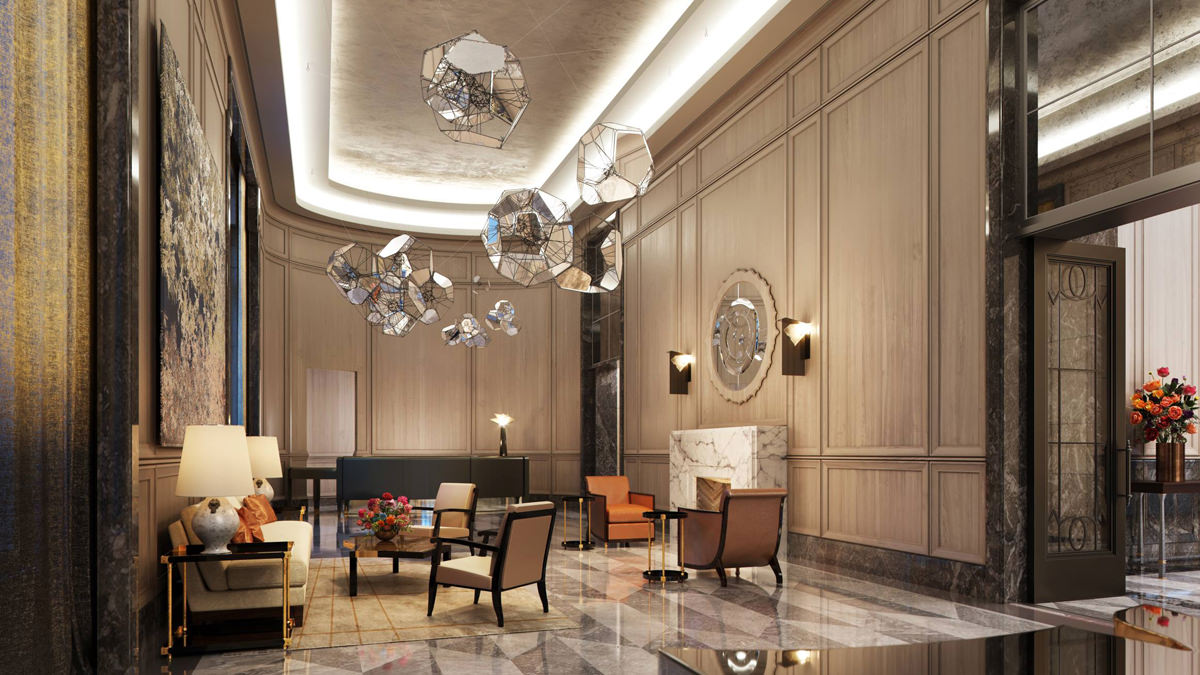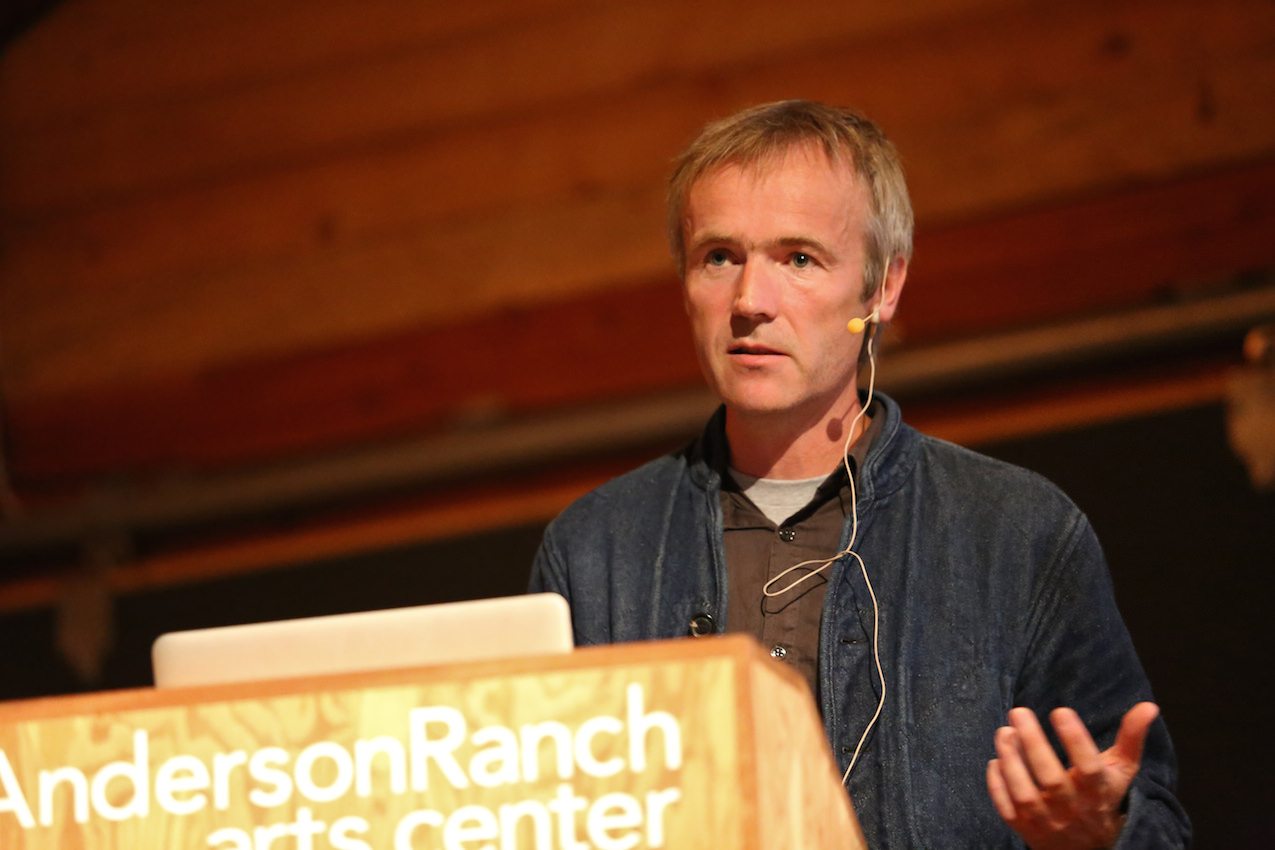One hundred years ago, Grand Central Terminal was born as the epicenter of New York City—a transportation hub accessed by an estimated 150,000 visitors on its inaugural day. A century later, the station is celebrated as a landmark in 20th-century development and is no-less a nexus for cultural exchange. On March 25–31, the public space will be transformed by an exhibition of Nick Cave’s “Soundsuits,” presented by Creative Time and MTA Arts for Transit, both programs, which are strong advocates for public art. I had a chance to chat with Creative Time’s director and chief curator, Anne Pasternak and Nato Thompson, respectively; our conversation follows:
WHITEWALL: Grand Central Terminal is a transportation hub accessed by upwards of one million people a day. Creative Time aims to stimulate public dialogue—what impact are you hoping this exhibition will bring viewers?
ANNE PASTERNAK: Creative Time believes strongly that public places should be spaces for creativity, imagination, and free expression. Grand Central is a great iconic public space. As such it’s an incredible environment for an artist to create. And it is incredible to watch people stop in their tracks, look, share with one another their experiences, and even applaud. We saw this happen when we had just 5 Soundsuits in Vanderbilt Hall, so I can’t wait to see what happens when there are 30. I love when we produce projects that make people shout out and cheer. It takes us out of our day-to-day lives, and makes us appreciate our city and one another anew.
WW: In celebrating the centennial of the terminal, you have chosen to honor a contemporary artist, Nick Cave. The Creative Time initiative has long since proven the importance of artists in society, but in 1913, certain types of art—mainly the European avant-garde—were not welcomed. How do public projects such as this exhibition help promote the acceptance of adventurous art?
NATO THOMPSON: Frankly, everyday people love art, they just worry that it isn’t for them. That is the joy of public space. The art is for everyone. Experiencing “HEARD•NY” will be an adventure in itself. We love the fact that for a week, these eccentric, beautiful, multicolored horses will be a surprising part of the commuters’ routine. They are sure to not only make people think, but also, we hope, to approach their daily routine in a new way.
WW: If it were 1913, whose work might you have shown instead?
NT: I wouldn’t have minded having some Russian Constructivism in the station at that time. It might have been a bit strange to have early Russian radicals, but it would also perhaps excite the public in a big way.
WW: The thirty horses on display in the terminal represent a new incarnation of animal for Cave’s Soundsuits. Why horses? Does this choice comment on the original, horse-drawn railcars?
NT: The horse Soundsuits already existed; they were not made for this project, but were rather selected for it. But that said, the horses are useful in that they feel like they shouldn’t be here. There is an uncanny quality in that they are both natural and unnatural. There also remains a transportation metaphor at work as well.
WW: Cave’s Soundsuits reference styles of dress from all around the world. When displayed in a transportation hub as expansive as Grand Central Terminal, how does the work represent globalization and cultural identity?
NT: The horses certainly bring to Grand Central a range of cultural references—and an aesthetic—that are not associated with commuting from the suburbs to the City. They are a visual language drawing on numerous inspirations ranging from Mardi Gras Indians to drag queens. They are both familiar and unfamiliar and thus make the audience curious.










